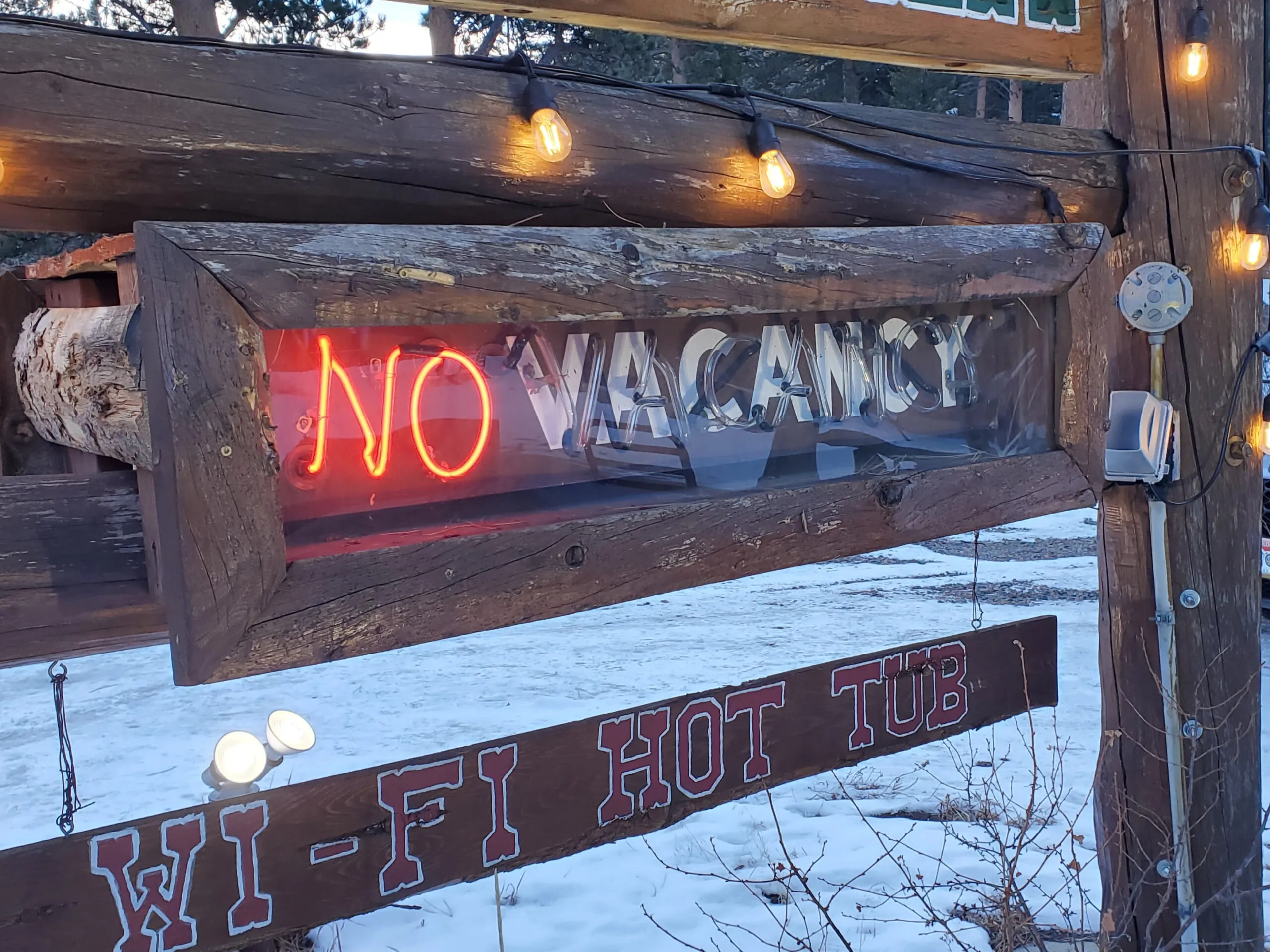Kalinski: Race and real estate: Past, present, and future
Home ownership has been part of the American Dream since the founding of our republic. It confers economic benefits, a sense of safety and security, and can be a source of pride. Sadly, for as long as this part of the American Dream has existed, it has not been equally available to everyone. As you will see, as much progress as has been made in 200+ years, our work is far from done to ensure that the dream — and reality — of owning a home is truly and equally open to all Americans.
Property protection officially began in the United States with the passage of the Fifth Amendment in 1789, but virtually anyone who was not a white man did not receive this right. After the Civil War, the 14th Amendment declared all people born in the U.S. were citizens and the Civil Rights Act of 1866 stated that all citizens had the same rights to real property as white men. This should have been the end of the story, but a series of court decisions, immigration laws and racially discriminatory zoning laws ensured that property rights continued to be denied to minorities and women.
Woefully and to its shame, in the late 1800s and into the 1900s, the National Association of Real Estate Boards (the precursor to the National Association of Realtors) encouraged racial discrimination and segregation. In fact, its Code of Ethics even mandated that its members work to racially segregate communities.
SPONSORED CONTENT
In 1917, the Supreme Court declared racial zoning ordinances to be unconstitutional, so private restrictive covenants were then used to prohibit the sale of homes to minorities. The Federal Housing Administration, created in 1934, used “redlining” in this period to identify African American areas as high risk by shading them in red and steering whites away from such areas, and real estate agents used discriminatory practices like steering and blockbusting (see the resource links below for more information).
In 1948, the Supreme Court struck down racially restrictive private covenants, though they lingered in practice, even if unenforceable. In a small bright spot, Colorado was the first state in the nation to pass a fair housing law in 1959, helping pave the way for nationwide fair housing legislation.
As many know, the Civil Rights Act was passed in 1964, but less well known is that legislators could not agree on fair housing legislation and NAR actively opposed passage of the Fair Housing Act. It was not until 1968, in the wake of the Kerner Commission Report (studying the causes of race riots) and the assassination of Martin Luther King Jr., that the Fair Housing Act was passed to prohibit discrimination based on race, color, religion or national origin.
By 1975, NAR had finally turned the corner, adopting an agreement with the Department of Housing and Urban Development to promote fair housing, educate its members about their obligations under the Fair Housing Act, and recommend fair housing procedures for its members to follow.
Today, the Realtor Code of Ethics requires Realtors to provide equal services regardless of race, color, religion, sex, handicap, familial status and national origin in accordance with the Fair Housing Act, as amended. The code even goes beyond the act by covering sexual orientation and gender identity.
Despite the progress that has been slowly and painfully won, much work remains to be done to ensure truly equal opportunity in home ownership and property rights. In terms of numbers, the homeownership rate for white households in 2017 was 72.3%, but only 46.2% for Hispanic households and 41.6% for African American households (this is about the same rate of home ownership for African Americans as when the Fair Housing Act was passed in 1968).
The truth is, there are many things that need to change to realize this dream. Locally, it is time to revisit zoning and occupancy laws (see, e.g., www.bedroomsareforpeople.com), and more broadly, groups like the Fair Housing Alliance have put together concrete steps toward a solution (https://nationalfairhousing.org/wp-content/uploads/2019/12/Fair-Housing-Solutions-Overcoming-Real-Estate-Sales-Discrimination-2.pdf).
It is incumbent on all of us — especially elected officials, real estate professionals and the mortgage industry — to continue to do better to make fair housing not just the law of the land, but also the reality.
Jay Kalinski is the 2020 chair of the Boulder Area Realtor Association and owner of Re/Max of Boulder and Re/Max Elevate.
Home ownership has been part of the American Dream since the founding of our republic. It confers economic benefits, a sense of safety and security, and can be a source of pride. Sadly, for as long as this part of the American Dream has existed, it has not been equally available to everyone. As you will see, as much progress as has been made in 200+ years, our work is far from done to ensure that the dream — and reality — of owning a home is truly and equally open to all Americans.



